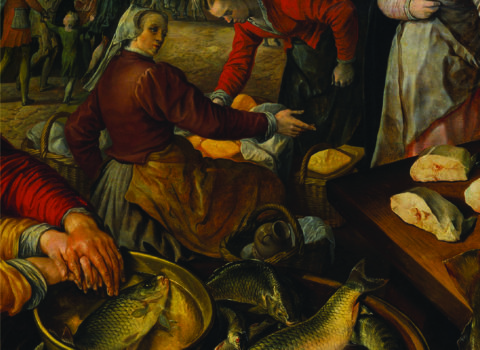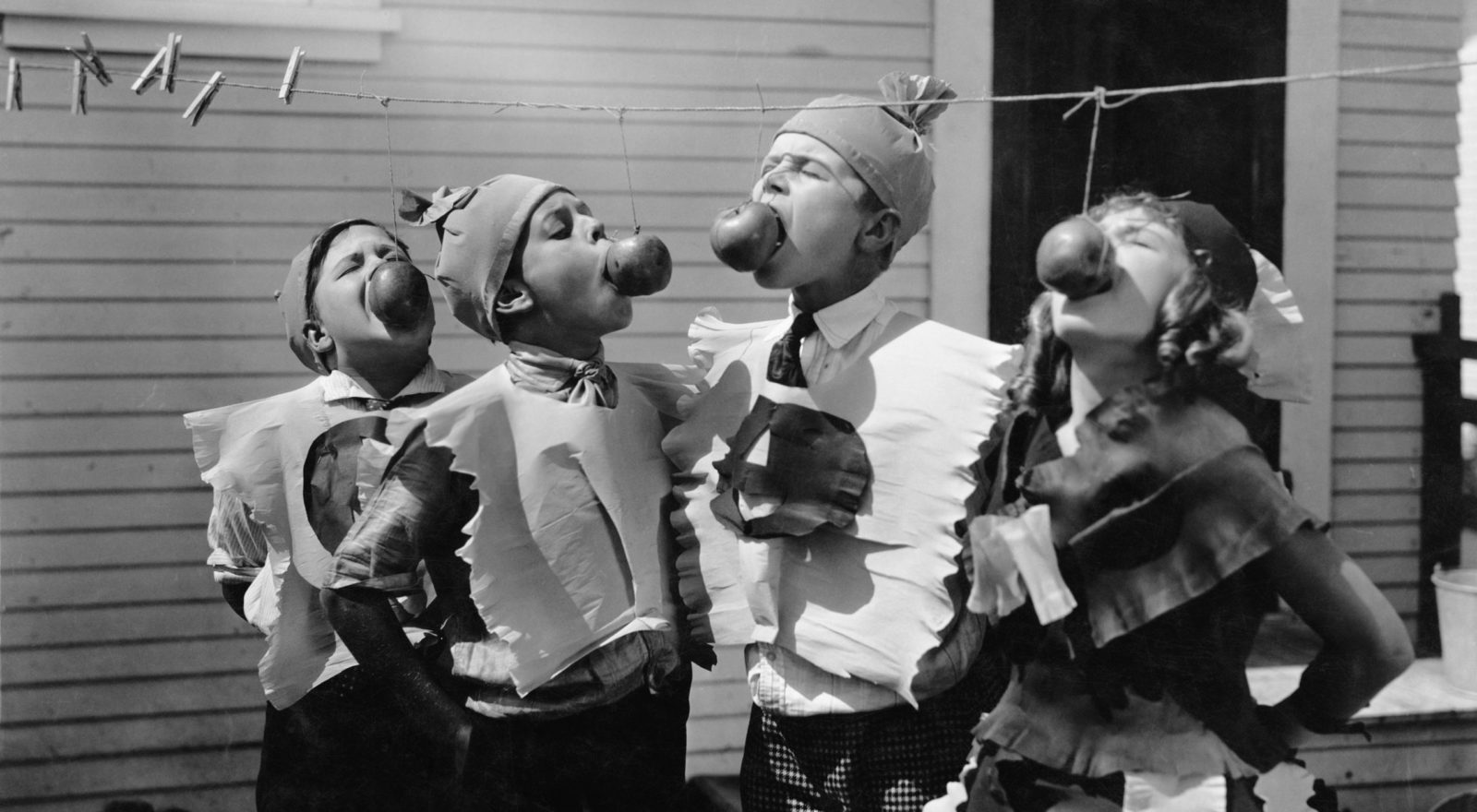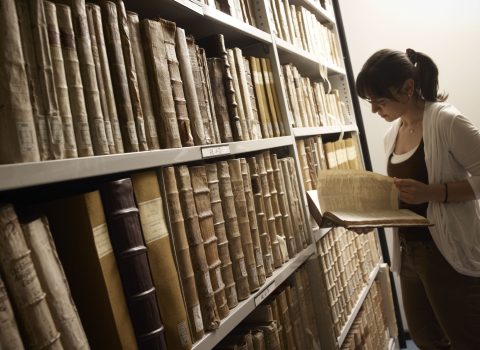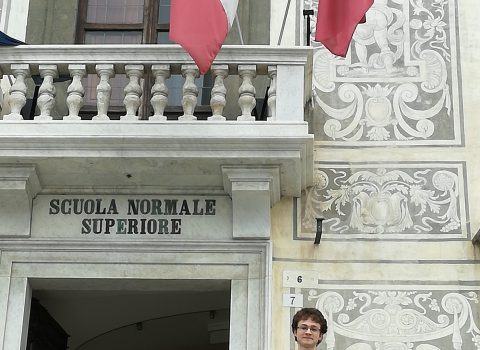
Who invented Halloween?
Before the Catholic feast of All Saints (November 1) there is that of Halloween (October 31), which is increasingly present in Italian families. But are they really two separate occasions? By carefully marching back through the centuries, we can find the arguments to build our answer to this question.
Halloween is American stuff, we hear from defenders of tradition, who are often not fully aware of which tradition they must defend. Ok, it is (and in fact we are using the word “ok”), but what is its history?
In the Catholic calendar, saints have the right to their time of remembrance on a precise day, which usually coincides with that of their death. However, there is a time to greet them all, and it is November 1, All Saints’ Day, in Italian Ognissanti, a word that is the combination of two. The same is true for Halloween. To hallow in English means “to sanctify”, while hallow is an archaic term for “holy”. This is clear, but what about “een”? Long before making it across the Atlantic, the early November party started at sunset on October 31, on the eve and in the evening. Hallow-eve(n)… word origin explained.
However, it is necessary to understand if Halloween is substantially, in addition to linguistically, linked to the feast of All Saints. The marking of the night between the last day of October and the first of November was first of all a Celtic spiritual re-enactment that Christians would accuse of being pagan. It name was Samhain (end of summer, in Celtic, November in old Gaelic) and it greeted, in disguise, the autumn harvest, that of the dark part of the year. Thanks also to the darkness and the masking it was believed that celebrants could more easily cross the barriers between the physical and spiritual universe, thus finding an opportunity to interact with the inhabitants of the other world. This opening up of the borders between worlds allowed those who had the skills to foresee the future.
Shortly after Christ’s death, where the Celts lived celebrating Samhain (Ireland and Britain), arrived the Romans, who stayed for four centuries and had plenty of time to mix their celebrations with those of the natives The picture got even more complicated as the religiosity of the conquerors also changed: many pagan festivals were transformed into Christian ones, leaving a memory of themselves even after the end of the Empire.
In 609 Boniface IV established that all Christian martyrs would be commemorated on May 13, Gregory III (731-741) decided that the memory should also include non-martyr saints (all saints) and chose the new date of November 1. It had been decades in which Christianity was spreading in Ireland and one of the great evangelization strategies was to hold Christian rites in the same places and on the same dates as pagan rites. Thus, whorshippers would not lose their habits, it was just enough to make them change road and direction: to go to the same places, on the same days but to do different things. Did this also happen to Samhain combined with All Saints? Some say yes, some no, but the clues and the historical reconstruction suggest chances are good.
Time passed, and Christianity expanded across the Atlantic. With a complication, however, many settlers and pilgrims of the sea were not Catholics, but Protestants and had no intention of marking Catholic feasts. Hence the celebration of November 1 was not widespread in Puritan New England, unlike the more Catholic Maryland and Louisiana. Places where, to intricate the possible evolutions, in addition to migrants of various origins lived native Americans, who in their autumn harvest festivals traditionally used to remember their dead. The various ingredients mixed well together, and here we are, at the American holiday… which is also a little Celtic, partially Roman, of Christian inspiration, with a touch of indigenous imagination. Ok.




